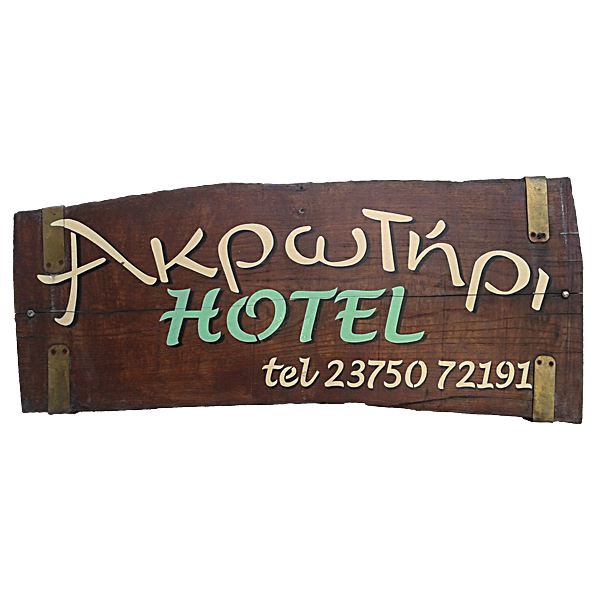1) Itamus
The mountain and the pine forest which crosses the entire second leg of Halkidiki. Incredibly beautiful scenery that reflects its vegetation on the waters on either side of Sithonia.
 Archaeologists have found a multitude of prehistoric settlements in their entirety here, as the area was inhabited since 4,000 BC. Its highest altitude is 808 meters above sea level. An ideal place for hiking with breathtaking views. At night, foxes come all the way down to the road.
Archaeologists have found a multitude of prehistoric settlements in their entirety here, as the area was inhabited since 4,000 BC. Its highest altitude is 808 meters above sea level. An ideal place for hiking with breathtaking views. At night, foxes come all the way down to the road.
2) Upper Nikita
 The transformation of the historic community of Nikitas is today a model of a preserved settlement that has revived uniquely thanks to the restoration of exceptional houses and the creation of new entertainment poles. A scenery-village which rises all the way up to the historic temple of Agios (saint) Nikitas. With mild growth and constant interventions on its paved streets, it will become the most desirable place of Sithonia in the near future. Don’t forget to buy the famous Sithon honey from the “sousoura” plants.
The transformation of the historic community of Nikitas is today a model of a preserved settlement that has revived uniquely thanks to the restoration of exceptional houses and the creation of new entertainment poles. A scenery-village which rises all the way up to the historic temple of Agios (saint) Nikitas. With mild growth and constant interventions on its paved streets, it will become the most desirable place of Sithonia in the near future. Don’t forget to buy the famous Sithon honey from the “sousoura” plants.
3) Tristinika
 A stunning beach with incredible waters and the historic hippie bar Ethnic dominating the hill. Deep, uniquely blue waters and thick white sand create a rare scenery. The nearby, less known beach of Kryfos Paradisos (Hidden Paradise) can be reached by crossing a stretch of reeds, and remains one of the few nudist beaches in Halkidiki. Continue reading “I choose Sithonia because..” →
A stunning beach with incredible waters and the historic hippie bar Ethnic dominating the hill. Deep, uniquely blue waters and thick white sand create a rare scenery. The nearby, less known beach of Kryfos Paradisos (Hidden Paradise) can be reached by crossing a stretch of reeds, and remains one of the few nudist beaches in Halkidiki. Continue reading “I choose Sithonia because..” →




